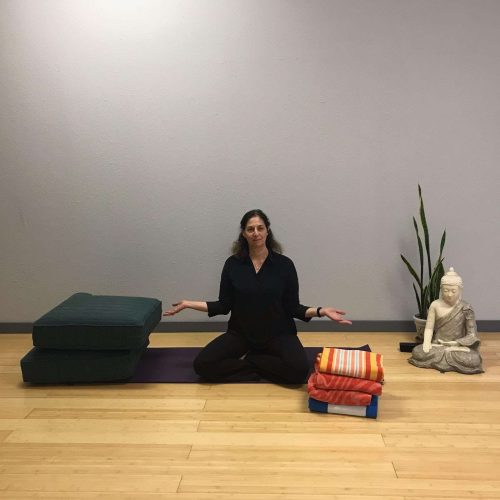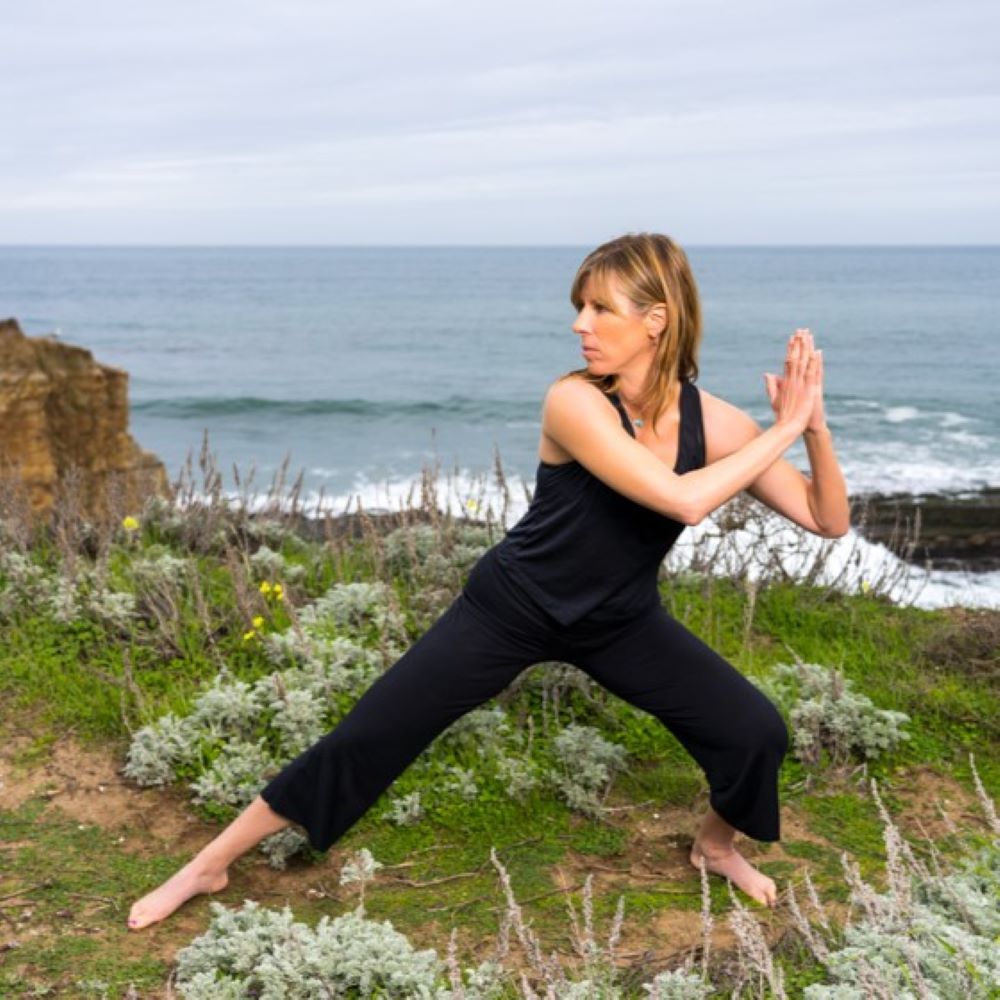When the pandemic first hit and businesses started to close, it looked like we were all going to have to hunker down indefinitely, alone and isolated. I had a mixed reaction. On the one hand, keeping us apart from others is not good for any of us – even those of us who enjoy having time to ourselves – because as humans, we need connection with other people, almost as much as we need food, and air, and shelter. Staying isolated can exacerbate mental illness, stress-related problems, and cortisone levels, and threaten our general well-being. A study just came out that looked at the elevated levels of depression and stress disorders in South Korea after the outbreak of MERS in 2015, during which people were told to isolate themselves from others in order to avoid getting infected. On the other hand, the best way to stay healthy in a pandemic for a virus with no vaccine is to social distance and shelter-in-place, thereby limiting or avoiding contact and possible exposure. Either way, isolation is hard on our mental and physical well-being.
It was heartwarming to me to see many of my yoga teacher colleagues scrambling the first few weeks of the Santa Clara County (and then California) shelter-in-place orders to make classes available to students online. Forums such as YouTube, Facebook Live, and Instagram Live were all suddenly being used to teach yoga classes, thereby making them accessible to everyone at home. It was a steep learning curve, but many yoga teachers (who aren’t necessarily technologically savvy) figured out how to continue to serve our students while keeping them safe and apart.
My husband, a law school professor at Santa Clara University, was also told to stop teaching in person classes and to start teaching online. The medium at his university is Zoom. While many social interactions have moved online, Zoom, as a company, has particularly benefited tremendously. But, so have we all because Zoom meetings still allow us to connect. (Please note that I am aware that there have been security issues concerning the use of Zoom, but, like many technology companies, they have found ways to improve. Full disclosure: I do not own any stock in Zoom, nor do I profit financially from its use.)
Many argue that the connection via Zoom is not as good as being in person, and, while I agree, the fact of the matter is that connecting is so important that a substitute is fine. And, in this case, the substitute of using Zoom has some added benefits that in person connections do not. Here is a short list of why I like teaching yoga on Zoom.
- Teachers and students are not being exposed to the coronavirus. The biggest advantage for everyone. Being in a yoga studio right now means possibly being exposed and/or exposing others during classes, unless mats are placed far enough apart, and, even then, there is an elevated risk of exposure: in walking in and out of the studio via waiting areas, when using the studios’ bathrooms, and in the studio itself. The spread of the coronavirus is hard to contain. By staying home, we avoid any possibility of being exposed or exposing anyone. Until there is a vaccine and/or herd immunity and/or the virus mutates to a less lethal form, social distancing and sheltering in place are our best defenses against the coronavirus.
- Zoom classes are real-time interactions. Unlike recordings on YouTube, using Zoom as a platform allows teachers and students to see each other and interact in real-time. Discussions can happen, and teachers can see students’ bodies during class. Poses can be demonstrated, and teachers can give verbal cues as assistance, much like in-studio classes. The interaction might not be as intimate and satisfying as being in person, but it is better than no interaction at all.
- Teachers and students do not have to fight traffic congestion to attend class. Big win for anyone living in major metropolitan areas, like the Bay Area.
- We know that our own props are clean of others’ germs and possible virus exposure. Yes, there is an added cost for students to purchase yoga props, but the benefits far outweigh the costs. Using props helps our bodies stay safe while we practice, thereby reducing the chance of injury. The cost for purchasing yoga props are not that high, but if you find it onerous, substitutes can be fashioned from items in most households. For example, I have asked my restorative yoga students to have two couch cushions and four to five beach towels available for class. These items can be used in place of bolsters, blankets, and blocks for a restorative practice. Please note that in times like these, having a regular yoga practice (but especially a restorative one) can help our nervous system find balance and regulation.
- Students can now take classes from teachers in any part of the world. It warms my heart to log into my Zoom classes and see students from all over the globe. I have reconnected with friends from other parts of this country, as well as from other countries who are now taking class with me through Zoom.
- Teachers can also teach from anywhere in the world. When the shelter-in-place order was announced in our county, my husband and I decided to go stay with our son and daughter-in-law in Wyoming. We stayed in Wyoming for eight weeks, enjoying the beautiful landscape, while keeping up with our respective classes. Because we are each able to teach our classes online, we are now able to work from anywhere in the world. As a teacher, this is a wonderful benefit of teaching online.
- There is no need to wear a mask in a Zoom yoga class. The use of masks is required in my county, as well as in many places in the world, but can disrupt our breathing. Doing any kind of yoga with a mask on is not easy; it affects our breath – an integral part of our yoga practice. By teaching online, I don’t have to worry about my mask impairing my breath while teaching or practicing, and neither do my students.
This list is by no means exhaustive, and, while there are downsides to teaching online, I will continue to teach my vinyasa and restorative classes online, via Zoom, even if the shelter-in-place order lifts. My plan is to teach my classes online until a vaccine is available, or herd immunity changes, or the virus itself mutates to become less lethal to me and my students.















One reply on “7 Reasons Why I Like Teaching Yoga on Zoom”
[…] are sticking close to home, living our lives, and interacting with others mostly online. I am still teaching my classes on Zoom and plan to for at least the rest of the year. I am also taking two different classes: a […]